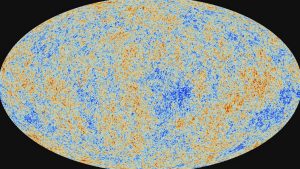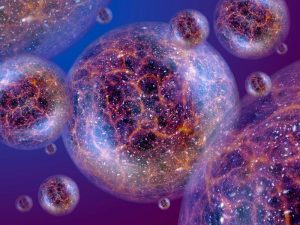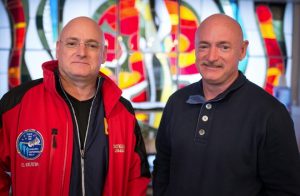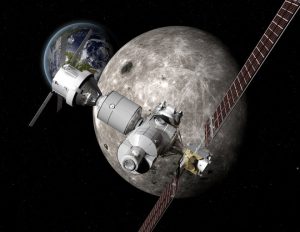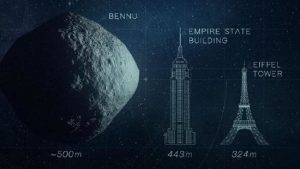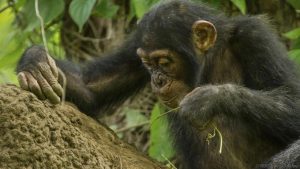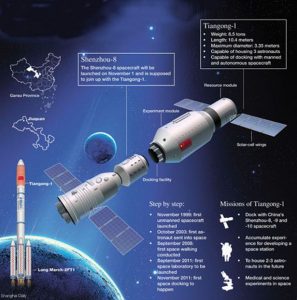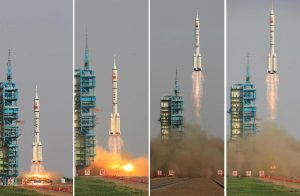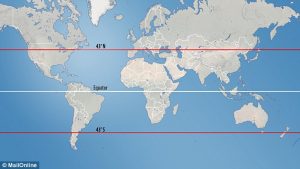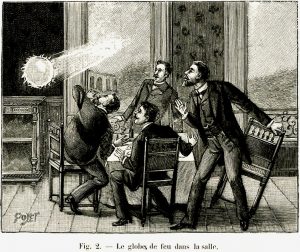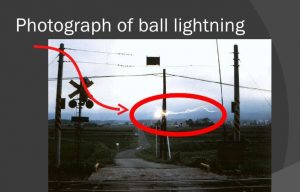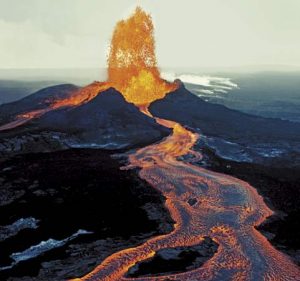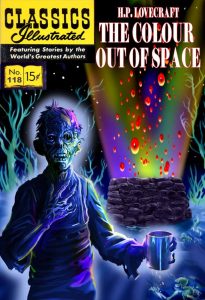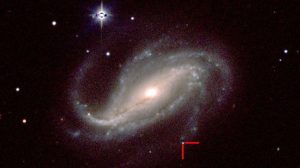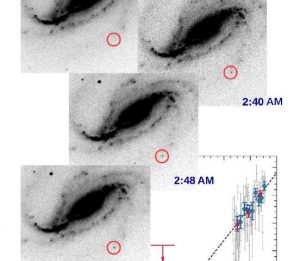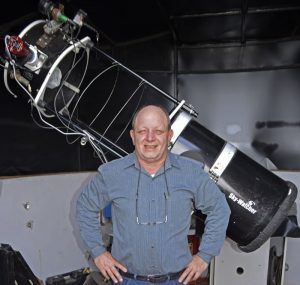
‘Apes and Angels’ is the third novel in a series by the well known Science Fiction author Ben Bova. Beginning with ‘New Earth’ the saga continued with ‘Death Wave’ (Which I reviewed in my post of 31May2017) and will continue after ‘Apes and Angels’ with a fourth novel ‘Survival’.
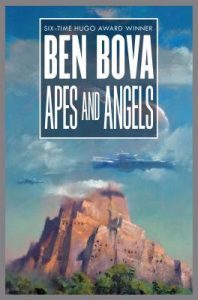
Let me give you a bit of the background leading up to ‘Apes and Angels’. In ‘New Earth’ a starship voyages to the star Sirius where the crew discovers a planet inhabited by both super-Intelligent machines called Predecessors and human beings whom the machines had brought to Sirius. The machines inform the crew that the black hole at the center of our galaxy has erupted in a powerful burst of gamma rays that will kill all unprotected life in the galaxy. The machines give the starship’s crew the technology necessary to protect Earth in exchange for a promise that humanity will travel to other star systems in our section of the galaxy in order to protect the more primitive civilizations inhabiting those stars.
In “Death Wave’ the starship crew has returned to Earth and informed the government of the approaching gamma radiation. However, since the deadly radiation won’t reach our solar system for another two thousand years the politicians ruling Earth are in no hurry to protect the planet and as far as saving alien cultures is concerned, well let’s just say they’re not interested at all. The spacefarers have to directly convince the people of Earth in order to force the politicians to begin the massive effort to build starships to journey to the other stars threatened by the gamma radiation.
‘Apes and Angels’ then begins with the starship Odysseus arriving at the star Mithra, named for the ancient Persian man-god. Mithra possesses two planets that contain life. Mithra-alpha, closest to the star, has octopus like creatures that make noises to each other and who may be intelligent. Planet gamma has two-armed, two-legged creatures that live in primitive villages who definitely are intelligent.
The expedition to Mithra is led by Adrian Kosoff, a scientist turned bureaucrat who wants to run the mission like a military unit, everybody knowing and doing their job and following, if not orders at least instructions. Kosoff is ambitious and by being the man in charge hopes to get credit for the mission’s success and discoveries.
Kosoff’s nemesis is Brad MacDaniels, a young anthropologist who follows his intuition and likes to break the rules. Much of the plot of ‘Apes and Angels’ revolves around the conflict; non-violent I hasten to add, between these two men.
Of course this is a setup of the usual conflict between generations, between the methodical plodder and the hunch taker, between the tried and true and the new and novel. In my opinion Ben Bova leans a little to heavy on the side of MacDaniels. The younger man’s intuition is always right and he always gets the better of Kosoff.
Better handled is the mystery of the Mithra solar system. As soon as the Odysseus arrives it is quickly realized that the alignment of the planets is not stable. The planet alpha is so close to its sun that it is boiling away while gamma comes so close to beta every 60 years that they will collide within the next million years. The astrophysicists in the Odysseus’ crew determine that something, or someone has disrupted this solar system within the last 100,000 years.
I don’t want to give away too much of the plot details so I think I’ll leave it there. The story will continue in the next installment, ‘Survival’ so don’t expect all of the answers. Like all of Ben Bova’s novels ‘Apes and Angles’ was both enjoyable and a quick read but it is just an installment in a larger work. When I finish reading ‘Survival’ I’ll let you know how everything works out.



